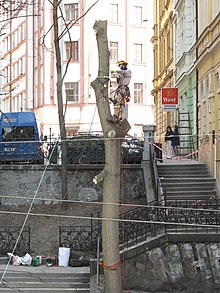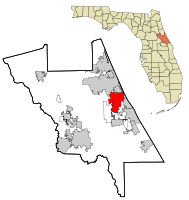Choosing the best tree removal professional in Port Orange, FL, is crucial for ensuring the safety, efficiency, and quality of the tree removal process. What is the Best Approach to Choosing the Best Tree Removal Professional in Port Orange, FL? Discover Specialist Tree Removal Services Today! . With the plethora of options available, homeowners and property managers might find the task daunting.
What is the Best Approach to Choosing the Best Tree Removal Professional in Port Orange, FL? Discover Expert Tree Removal Services Today! - Trimming
- Canopy
- Risks
- Threat
- Chipping
- Tree Trimming Port Orange
- Pesticides
Assess Credentials and Qualifications
The first step in choosing a tree removal professional is to assess their credentials. A reputable service provider should have proper licensing and insurance, which protects you from liability in case of accidents or damage to your property. It's essential to verify that the company is licensed to operate in Port Orange, FL, and carries both workers' compensation and liability insurance.
Crane
Look for Experience and Expertise
Experience matters when it comes to tree removal. Seasoned professionals have encountered various scenarios and know how to handle complex situations. Look for companies with a proven track record and ask for references or case studies of their past work. Additionally, check if they have specific expertise, such as in removing trees in tight spaces or handling particular species native to Florida.
Consider Safety and Equipment
Tree removal can be hazardous work. It's important to choose a company that prioritizes safety and follows the Occupational Safety and Health Administration (OSHA) standards. Professional tree removal experts should be equipped with the right tools and safety gear to perform the job efficiently and safely. This includes chainsaws, cranes, wood chippers, and personal protective equipment.
Read Reviews and Testimonials
Online reviews and testimonials can provide insights into the company's reputation and customer satisfaction levels. Platforms like Yelp, Google Reviews, and the Better Business Bureau (BBB) can offer unbiased opinions from past clients. Look for a company with mostly positive reviews and pay attention to how they respond to any negative feedback.
Get Multiple Estimates
Before making a decision, it's wise to get estimates from several tree removal services. This will give you an idea of the average cost and help you spot any outliers that are either too cheap or excessively expensive. Professional However, remember that the lowest bid isn't always the best choice. The quality of service, experience, and safety measures should also influence your decision.
Check Availability and Responsiveness
When you have a tree that needs to be removed, timing can be critical, especially if it poses a risk to your property or the public. Trimming Check the availability of the tree removal service and their ability to respond promptly to your request. A professional company should be able to provide a clear timeline for the work and be responsive to your communication.
Inquire About Post-Removal Cleanup
The job isn't done once the tree is down. Inquire about the company's policy on cleanup after tree removal. A professional service should include the removal of debris and ensure that your property is left tidy. Some companies may also offer additional services, such as stump grinding, to completely clear the area.
Personal Interaction and Communication
Finally, personal interaction should not be overlooked. Choose a company that communicates clearly and listens to your concerns. A professional who takes the time to explain the process, answer your questions, and understand your specific needs is likely to provide better service.
In conclusion, selecting the best tree removal professional in Port Orange, FL, involves a combination of verifying credentials, assessing experience, considering safety practices, reading reviews, comparing estimates, checking availability, inquiring about cleanup, and evaluating communication. By taking these steps, you can discover expert tree removal services today and ensure that your tree removal project is handled with the utmost professionalism and care.









